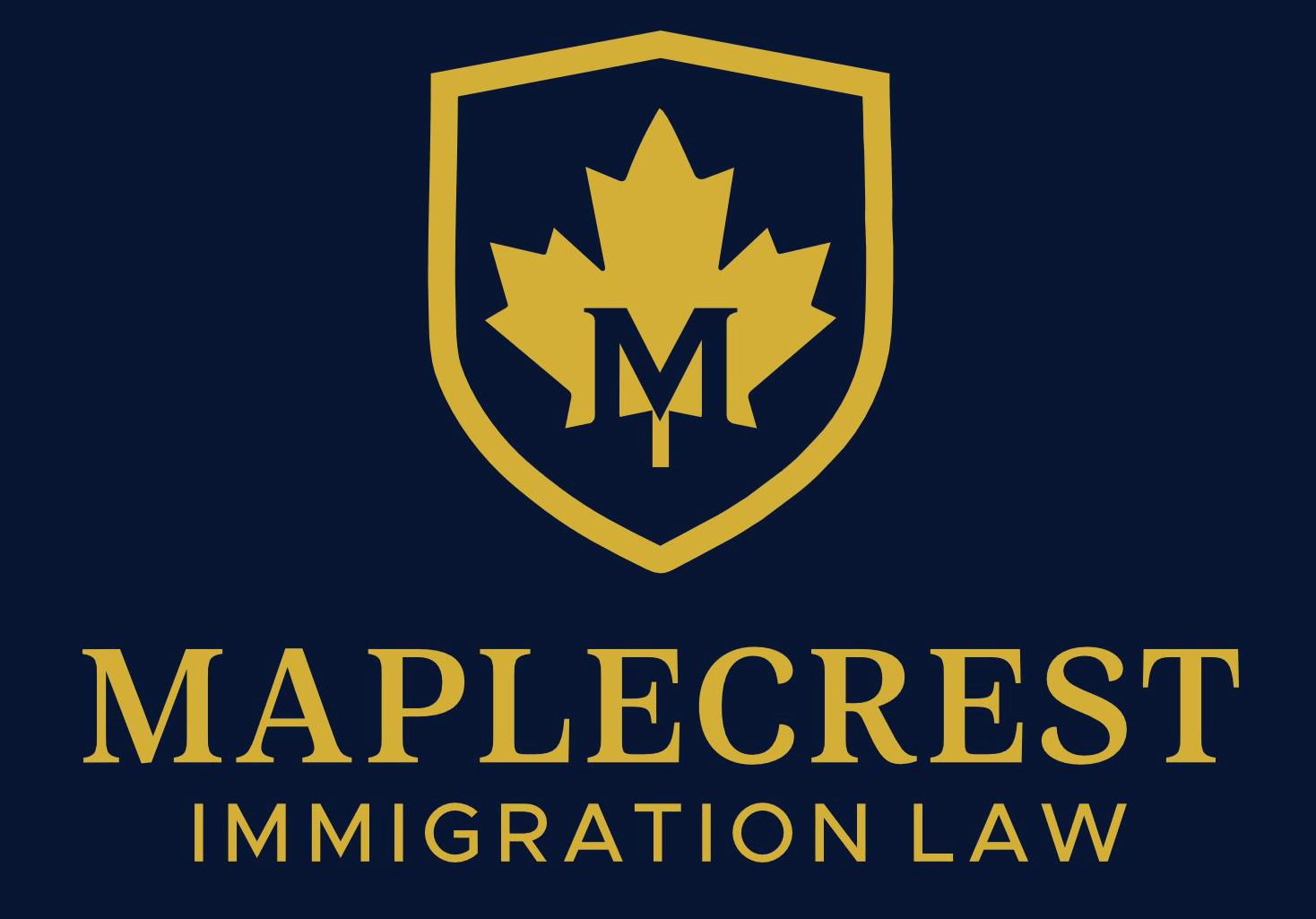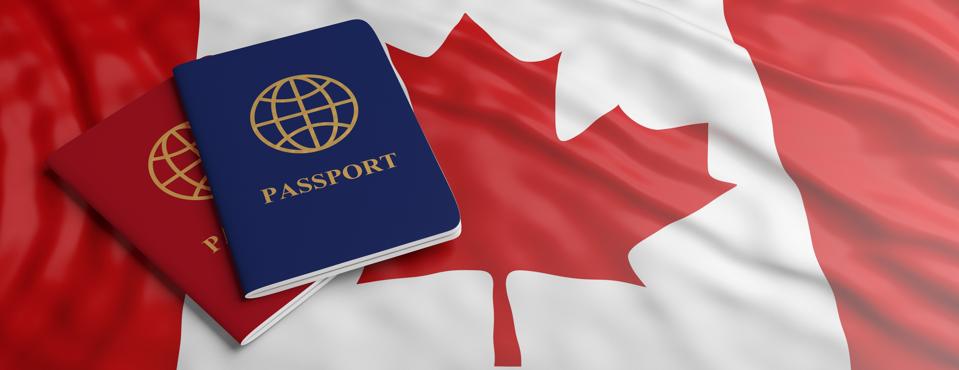Canada Permanent Residency opens doors to stability, opportunity, and community. In this guide, you’ll learn what it is, who qualifies, how to maintain status, and the key benefits—all in one guide!
What is Canada Permanent Residency?
Canada Permanent Residency grants non‑Canadian nationals the legal right to live, work, and study anywhere in Canada without time limits. As a permanent resident, you hold almost all the same privileges as Canadian citizens. You can enroll in public schools or universities at domestic tuition rates, secure employment in any field—including regulated professions—and access Canada’s publicly funded healthcare system. Permanent residents also qualify for social services, such as employment insurance and the Canada Pension Plan. After meeting the residency requirement of 730 days within five years, you may apply for Canadian citizenship to gain additional rights, such as voting in elections. Moreover, permanent residents can sponsor certain family members—spouses, dependent children, or parents—under the Family Class sponsorship program, helping loved ones join them in Canada. However, you must maintain your residency status by meeting obligations and avoiding serious criminal convictions.
Eligibility Criteria for Canada Permanent Residency
To qualify for Canada Permanent Residency, you must meet criteria in one of several immigration streams. Below, I outline the main pathways:
-
Express Entry – Federal Skilled Worker
-
You need at least one year of skilled work experience (NOC 0, A, or B).
-
A minimum language score (CLB 7) in English or French.
-
Educational Credential Assessment (ECA) for foreign degrees.
-
Comprehensive Ranking System (CRS) score threshold varies per draw.
-
-
Family Sponsorship
-
Your sponsor must be a Canadian citizen or permanent resident aged 18 or above.
-
Sponsor proves financial ability to support you.
-
Relationship proof (marriage certificate, birth certificate for children).
-
-
Provincial Nominee Program (PNP)
-
Each province sets its own requirements.
-
Often targets in‑demand occupations or graduates of provincial schools.
-
Requires nomination by the provincial government.
-
-
Business and Investor Class
-
Minimum net worth (varies by province).
-
Business experience and investment plan.
-
How to Maintain Canada PR Status
After you obtain Canada Permanent Residency, you must meet residency obligations and follow rules to keep your status. Follow these practical steps:
-
Residency Requirement
You must live in Canada for at least 730 days within every five‑year period. Track time with a calendar. -
Carry Your PR Card
Always carry a valid PR card when traveling. Renew at least six months before expiry:
Renew your PR card -
Report Address Changes
Update your address within 180 days of moving:
Change your address online -
Avoid Prohibited Activities
Do not commit serious crimes. Any conviction can jeopardize Canada Permanent Residency. -
File Taxes
Submit Canadian tax returns each year as a resident.
Benefits of Canada Permanent Residency
Canada Permanent Residency unlocks advantages for newcomers. From employment freedom to legal protections, these benefits streamline integration and support your long‑term success in Canada’s welcoming communities.
1. Work & Study
You can accept any job and study at domestic tuition rates in colleges and universities across Canada, without visa restrictions.
2. Health Care
Permanent residents access Canada’s publicly funded healthcare programs, ensuring coverage for essential services such as hospital care, specialist visits, and prescription medications.
3. Social Services
You qualify for social assistance, child benefits, employment insurance, and the Canada Pension Plan, offering financial support during unemployment, retirement, or family growth.
4. Pathway to Citizenship
After living in Canada for three years within five‑year periods, you can apply for citizenship, which grants rights like voting and an unrestrictive Canadian passport.
5. Family Sponsorship
You may sponsor eligible spouses, dependent children, or parents, helping them settle in Canada as permanent residents through streamlined family immigration programs.
6. Legal Protection
Permanent residents fall under the Charter of Rights and Freedoms, ensuring fundamental rights like equality before the law and protection against discrimination.
These benefits work together to build a stable life, foster community ties, and guide you toward a future in Canada.
Application Process for Canada Permanent Residency
Here is a step‑by‑step process I recommend to clients:
-
Assess Eligibility
-
Use the free tool:
Come to Canada tool
-
-
Gather Documents
-
Passports, birth certificates, work records, language test results, police certificates.
-
-
Create an Express Entry Profile
-
Submit profile online; receive a CRS score.
-
-
Wait for Invitation
-
If your CRS meets the draw cutoff, IRCC issues an Invitation to Apply (ITA).
-
-
Submit PR Application
-
Complete forms, upload documents, and pay fees within 60 days of ITA.
-
-
Medical and Security Checks
-
Undergo medical exam by IRCC‑approved doctor.
-
Provide biometrics and police clearances.
-
-
Receive Confirmation of Permanent Residence (COPR)
-
Use COPR to land in Canada as a permanent resident.
-
-
Landing in Canada
-
At port of entry, present COPR and passport to complete the process.
-
Tips for a Successful Application
-
Prepare Early: Register for language tests (IELTS/CELPIP, TEF) and order Educational Credential Assessments (WES) at least six months before applying; allow time for retakes.
-
Stay Organized: Maintain digital folders for passports, transcripts, test results, and use calendar alerts to track deadlines and document expiry dates.
-
Use Checklists: Follow IRCC’s document checklists to confirm you’ve included all required forms, fees, and supporting evidence.
-
Seek Professional Advice: Hire a licensed immigration consultant or lawyer who stays current with program changes, helps prepare interview questions, and reviews your application for completeness.
FAQs on Canada Permanent Residency
1. What is the processing time?
Processing varies by program. Express Entry takes around 6 months after ITA.
2. Can I lose my PR status?
Yes, if you fail the residency obligation or commit serious crimes.
3. Do I need a job offer?
Not always. Express Entry can work without an offer, but a valid offer boosts CRS score.
4. How soon can I apply for citizenship?
After three years (1,095 days) of physical presence in five years.
Conclusion
Canada Permanent Residency offers a path to security and growth. By understanding eligibility, meeting requirements, and following the application process, you set yourself up for success. For detailed guidance, always refer to government sites and consider professional advice. Finally, act early and stay informed to achieve your Canadian dream.
Maple Crest Immigration Law Firm
Ready to take the next step toward your Canadian dreams? Contact Maple Crest Law today for a personalized consultation and expert guidance every step of the way. Let our experienced team simplify the process and help you secure your future in Canada—reach out now to schedule your appointment!




